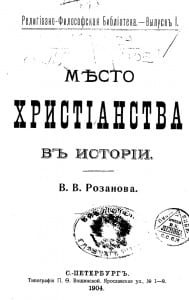Sharing Underwear, Living Revolution: The Urban Communes of Revolutionary Russia
By Sarah J Young, on 10 April 2014
Andy Willimott writes about the self-styled urban communes of revolutionary Russia, explaining how these activist groups made revolution part of their lives, practiced equality, and tried to be the change they wanted to see in the world.
The October Revolution of 1917 marked the birth of the first avowedly socialist state in history. As the earliest posters, fliers, decrees, and declarations appeared promising radical change, many contemplated what revolution would mean for them and their daily lives. Visions of a fairer, collective society, based upon the belief that human relations could be rationally reorganised, were frequently espoused by Lenin and the Bolshevik leadership. In turn, the Bolshevik press readily equated “class struggle” with the rejection not only of existing political and economic elites, but bourgeois norms, habits, and mores. Even when referring to the dense economic theorisations of Das Kapital, Lenin had long insisted that Marx’s assessment was rooted in “flesh and blood” – highlighting “everyday aspects” that had to be overcome if communism was to succeed.
Inspired by these messages and the opportunities of revolution, some activists set about putting into practice their own conceptions of what it meant to be part of this new world. As workers threw out their bosses and teenagers challenged the authority of their parents – all in the name of revolution – urban activists were re-thinking the way they conducted their everyday lives. In the tenements and basic housing of the early Soviet landscape, for instance, some young revolutionaries were dramatically re-imagining the home. Innocuous features of domestic life – from internal walls to personal ornaments – were associated with “bourgeois individualism”, as activists sought to construct new domestic and social relations.
At the forefront of this domestic assault were the self-styled “urban communes”. Essentially the product of like-minded individuals looking to share space, resources, materials, income, and, most important of all, modern socialist visions, the urban communes were cohabitational units run upon a popular understanding of socialist revolution. They embraced one of the key tenets of Marxism: “From each according to his ability, to each according to his needs!” Most adopted a “common pot” into which members placed a share or all of their earnings. Others took the cause one step further, often sharing clothes and even underwear. Founding agreements or “domestic charters”, signed by all members, dictated the parameters of a socialist lifestyle, including systems of collective voting, the promotion of self-betterment activities, as well as a commitment to social and political agitation. (more…)
 Close
Close








